


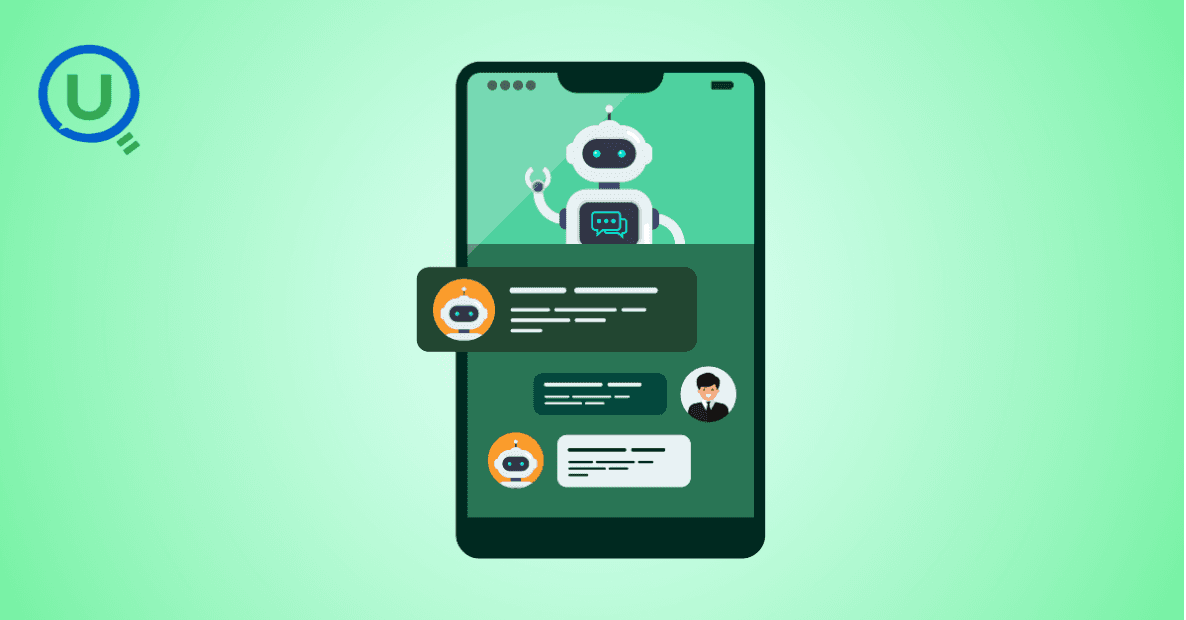
In the age of AI and natural language processing (NLP), how you talk to machines has become just as important as what the machines can do. That’s where prompt engineering comes in. Whether you're generating text, writing code, or pulling insights from a chatbot, the way you frame your input—your “prompt”—can make or break the output.
But what exactly is prompt engineering? Why has it become such a critical skill in today's AI-driven world? And how can you use it to get more accurate, useful, and creative results from tools like ChatGPT, Google Gemini, Claude, or other AI models?
Let’s explore everything you need to know about prompt engineering—from its definition and mechanics to real-world use cases and best practices.
Prompt engineering is the process of crafting and refining inputs (prompts) given to an AI language model to guide it toward generating the most relevant and accurate outputs. Think of it like asking the right question to get the best answer—but with more structure, strategy, and creativity.
In simple terms, prompt engineering is about “talking to AI in a way it understands best.” It’s not just about asking something—it’s about how you ask it.
Here’s a basic example:
Poor prompt: Tell me about marketing.
Better prompt: Can you give me a simple explanation of inbound marketing, with an example for a small business?
The second one is clearer, more specific, and provides context. That’s the essence of prompt engineering—shaping your input to shape the AI’s output.
As AI becomes more powerful, people are realizing that the quality of its output heavily depends on the quality of the input. This is where prompt engineering becomes essential.
Here’s why it matters:
Better Accuracy: A well-engineered prompt helps avoid vague or irrelevant responses.
Time Saving: You don’t have to keep rephrasing questions to get what you need.
Creative Control: Want a poem in Shakespearean English or a summary in bullet points? Prompt engineering lets you set the tone and format.
Task Customization: From writing emails to coding or creating lesson plans, prompt engineering tailors AI output to specific needs.
Reducing Errors: Clear prompts reduce the risk of misleading or inaccurate responses.
In industries like marketing, education, software development, and customer service, prompt engineering is emerging as a must-have skill—because the better your prompt, the better your productivity.
At its core, prompt engineering is about designing input instructions that guide the AI's response. Here’s a breakdown of how it works:
Start by knowing what the model can and cannot do. Most AI tools like ChatGPT are trained on massive datasets but don’t know real-time information unless integrated with the web.
Example: Don’t ask it for today's weather, but you can ask it to summarize a business strategy or write a Python function.
The more specific you are, the better the response. Add details like the audience, tone, format, or desired length.
Example:
Prompt: Write a 150-word Instagram caption about eco-friendly fashion, in a friendly and fun tone.
Ask the AI to "act" like someone. This triggers more relevant answers based on the role you define.
Example:
Prompt: Act as a career coach. How should a fresh graduate prepare for a digital marketing interview?
You can guide the AI by giving it a structure to follow.
Example:
Prompt: List 3 pros and 3 cons of remote work in bullet points, followed by a one-line conclusion.
Prompt engineering isn’t always a one-shot deal. Sometimes, you’ll get better results by rephrasing or breaking a complex task into smaller ones.
Pro tip: If the output isn’t quite right, don’t give up—adjust your prompt to make it clearer or more structured.
Prompt engineering has moved from research labs into real-world applications. Here are some areas where it’s being used today:
AI tools can write blogs, captions, ads, and even video scripts. A well-engineered prompt helps ensure the content aligns with brand tone, audience, and intent.
AI chatbots can resolve queries, guide users, and provide resources. Clear prompt design helps ensure helpful and accurate responses.
Teachers and educators use AI to generate quizzes, learning materials, and lesson plans.
Developers use prompt engineering with AI to write or debug code, document APIs, and explain complex logic.
Professionals use AI to summarize reports, generate insights, or draft executive summaries.
These examples show how mastering prompt engineering leads to faster, smarter, and more effective workflows across different domains.
Absolutely! One of the best things about prompt engineering is that it doesn’t require a technical background. If you know how to ask good questions, think critically, and write clearly—you’re already halfway there.
Here’s how to get started:
Experiment with different prompts using tools like ChatGPT, Gemini, or Claude.
Note what works and what doesn’t. Keep a prompt library.
Study examples online, including prompt templates and case studies.
Learn prompt formats like zero-shot, few-shot, and chain-of-thought prompts (these are used for complex reasoning).
With a little curiosity and practice, prompt engineering can quickly become one of your most valuable digital skills.
As artificial intelligence becomes a daily companion in work and life, the skill of communicating with it effectively is becoming a major differentiator. Prompt engineering bridges the gap between what you want and what AI can deliver. It’s part art, part strategy—and 100% essential in the modern digital landscape.
From marketing and customer service to software and education, prompt engineering is transforming how we create, solve problems, and make decisions. The more thoughtfully you frame your questions and commands, the more powerful the results you’ll unlock.
Driven by a passion for smart learning and AI-powered solutions, Enqurious empowers teams and educators to integrate prompt engineering into real-world applications. Whether you're building training modules, automating workflows, or scaling content creation, our custom AI and L&D solutions are designed to help you lead with clarity and creativity. With Enqurious, you don’t just use AI—you master it with purpose. Explore your options with us!

A practical walkthrough of how I reduced heavy batch workloads using Change Data Feed (CDF) in Databricks. This blog shows how CDF helps process only updated records, cutting compute costs and boosting pipeline efficiency.

I dropped a table in Snowflake, then queried to verify it was gone. The system said it doesn't exist, but also showed it consuming 3.57 MB. That contradiction led me down a rabbit hole of metadata delays, missing commands, and hidden costs. Here's what I discovered.
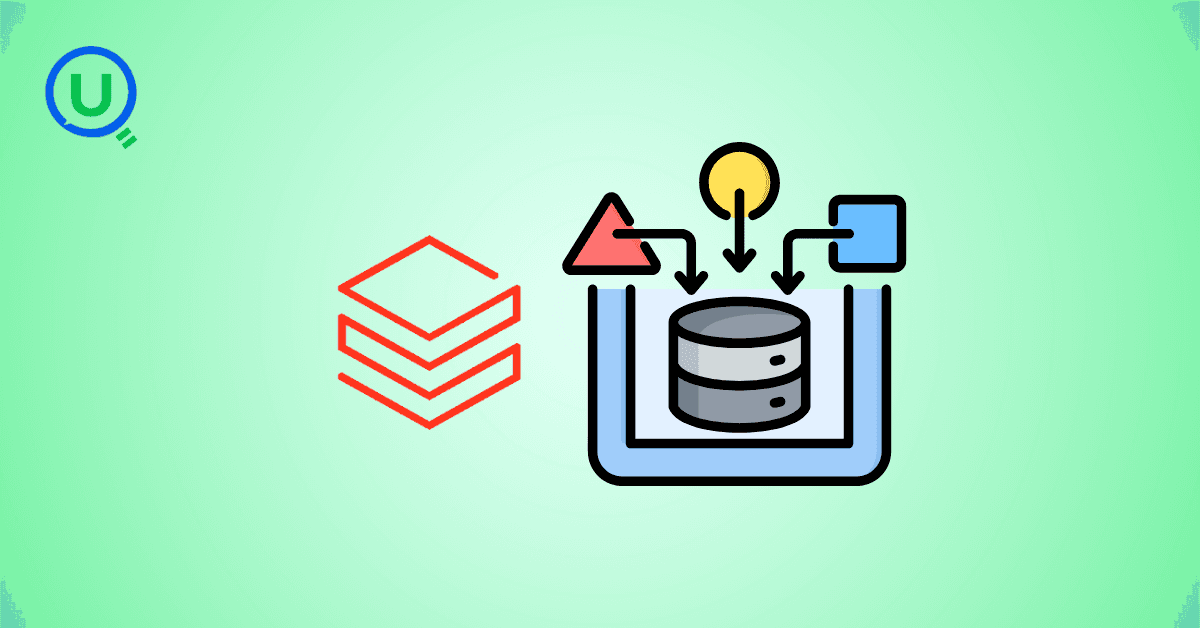
The AI industry has a security problem: data scientists aren't trained in security, ML engineers are working with black-box models, and security pros don't understand GenAI. Learn about the frameworks and tools bridging this gap—from Llama Guard to Databricks' safety features.

Why DELETE isn’t enough under GDPR, and how Time Travel can make sensitive data reappear unless VACUUM is used correctly.

This blog shares my personal journey into Snowflake Gen AI, from early confusion to hands-on clarity. It offers practical study tips, common pitfalls, and guidance to help you prepare effectively and understand Snowflake’s evolving AI capabilities.

Started scrolling Instagram at 2 AM. Saw Cloudflare memes. Fell down a 4-hour research rabbit hole. Discovered that AND database = 'default' could have prevented the whole thing. My sleep schedule is ruined but at least I understand distributed systems now.

Discover the top 10 data pipeline tools every data engineer should know in 2025. From Airflow to Fivetran, learn how each tool powers modern data workflows, supports real-time analytics, and scales across cloud ecosystems.
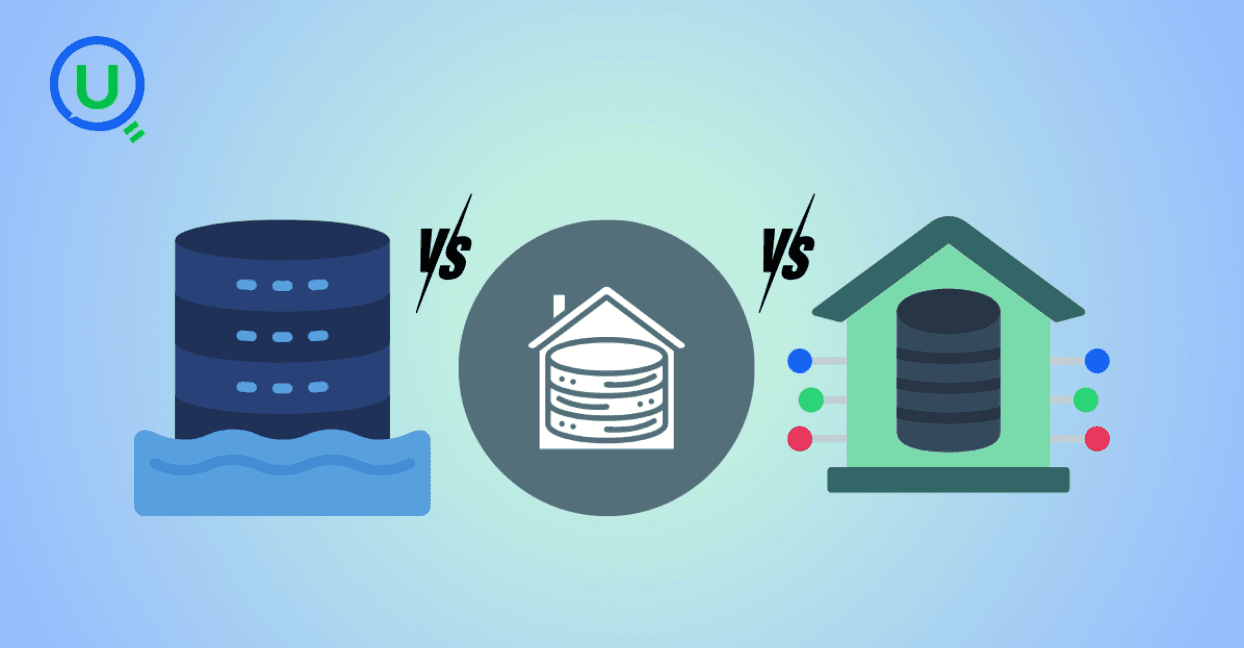
Confused between a data lake, data warehouse, and data mart? Discover key differences, real-world use cases, and when to use each architecture. Learn how to build a modern, layered data strategy for scalability, governance, and business insights.
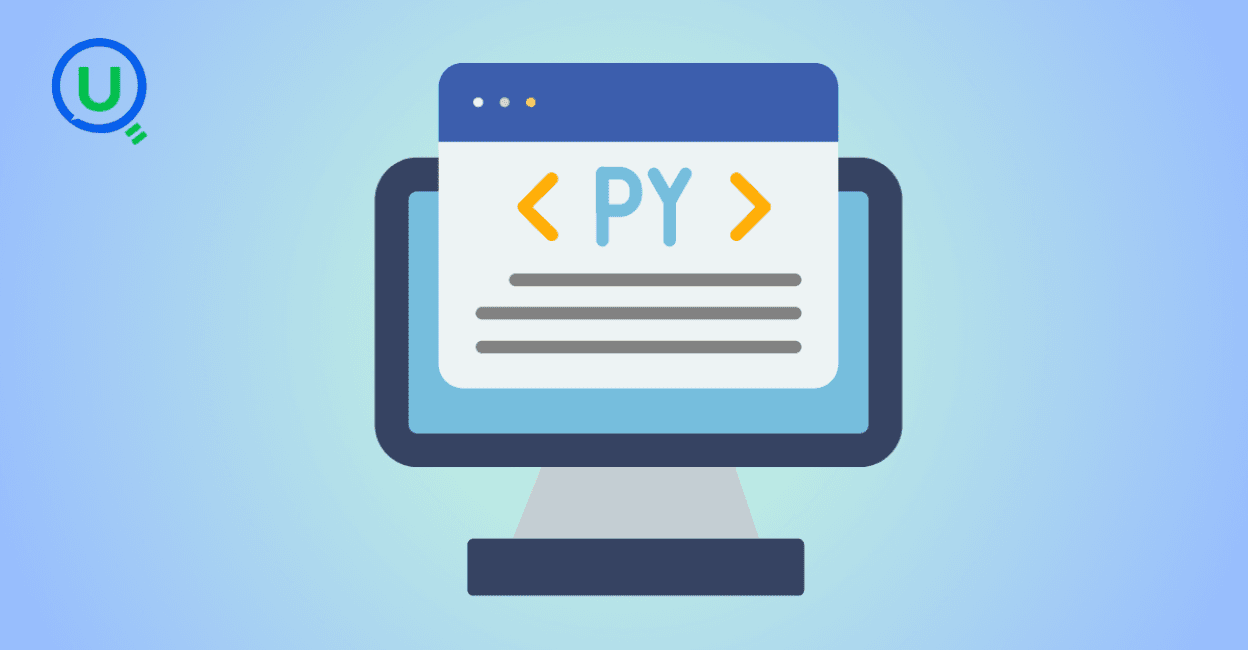
Explore what syntax means in the world of data and AI—from SQL and Python to JSON and APIs. Learn why syntax matters, common errors, real-world examples, and essential best practices for data engineers, analysts, and AI developers in 2025.
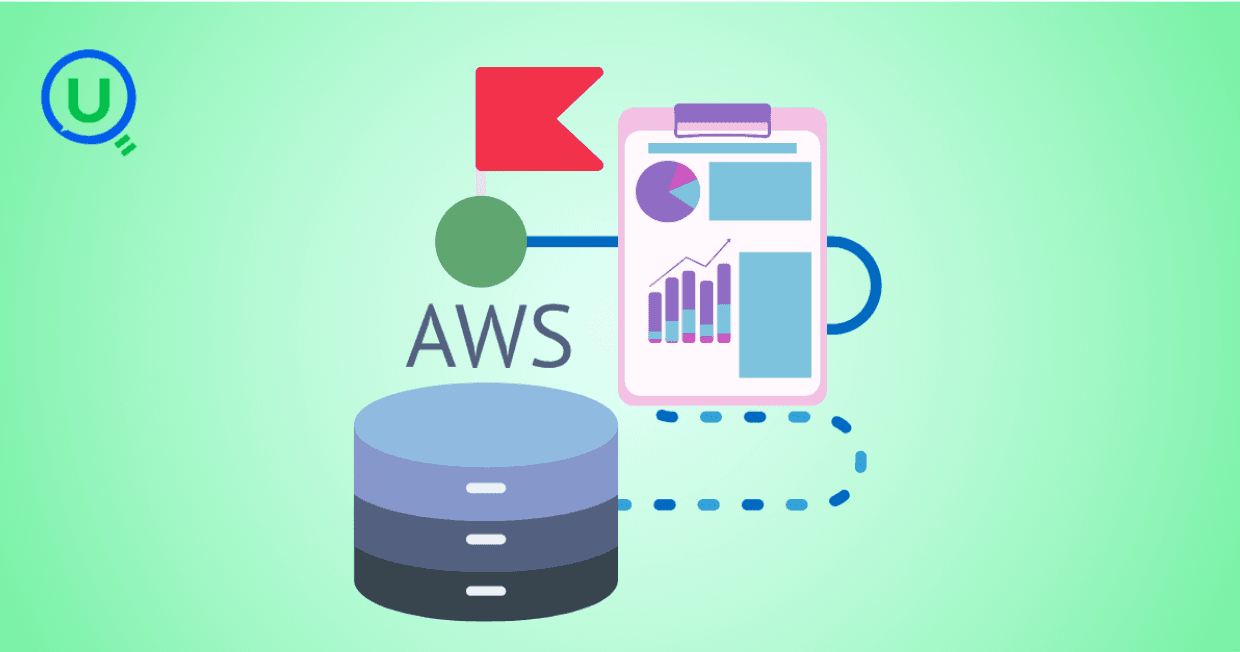
Discover how AWS Data Pipeline helps automate data movement and transformation across AWS services like S3, Redshift, and EMR. Learn its key features, benefits, limitations, and how it compares to modern tools like AWS Glue and MWAA.
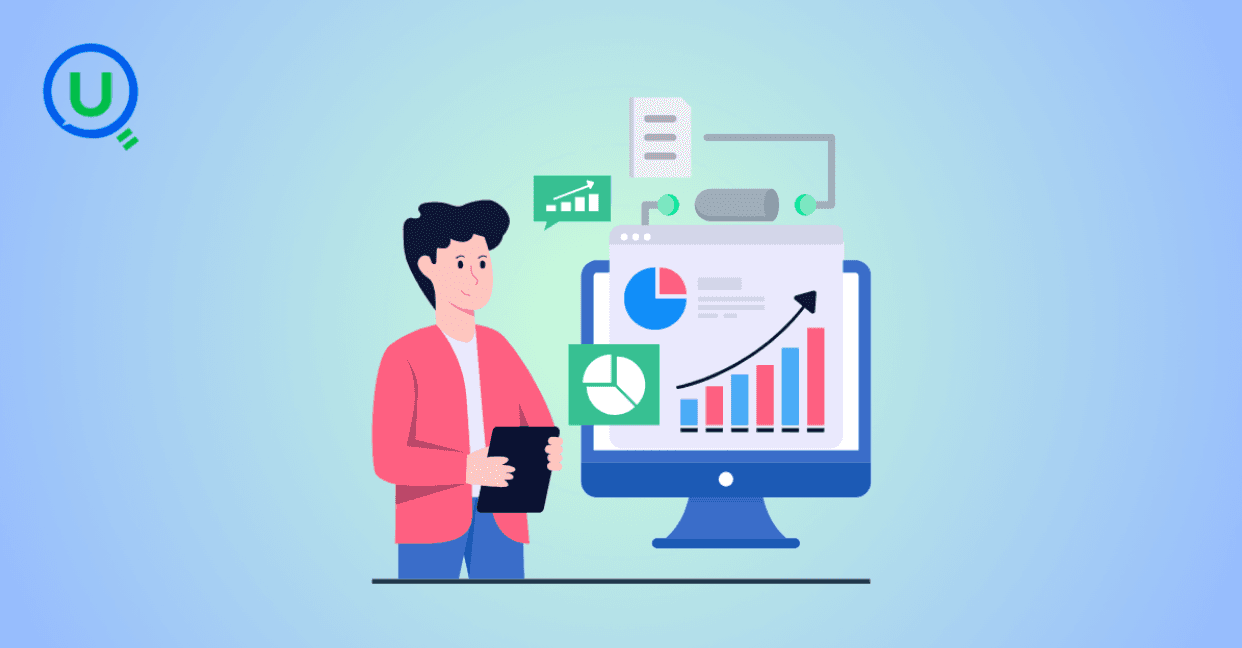
Learn how to build scalable and secure data pipeline architectures in 2024 with best practices, modern tools, and intelligent design. Explore key pillars like scalability, security, observability, and metadata tracking to create efficient and future-proof data workflows.
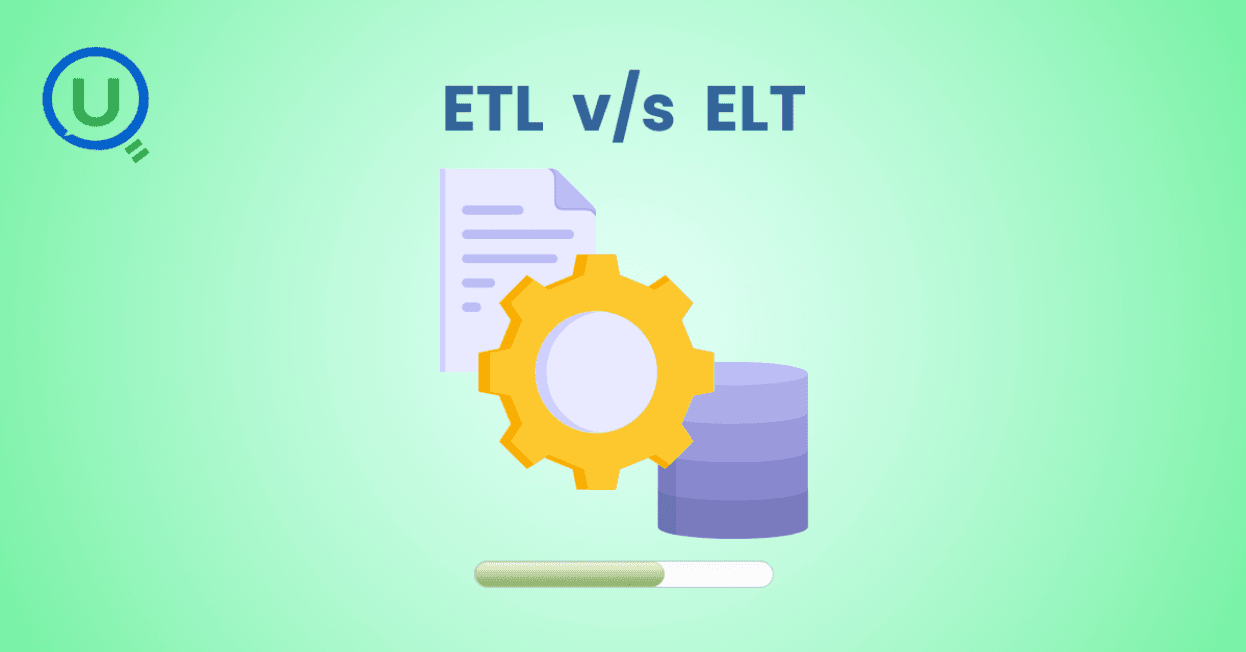
Explore the key differences between ETL and ELT data integration methods in this comprehensive guide. Learn when to choose each approach, their use cases, and how to implement them for efficient data pipelines, real-time analytics, and scalable solutions.
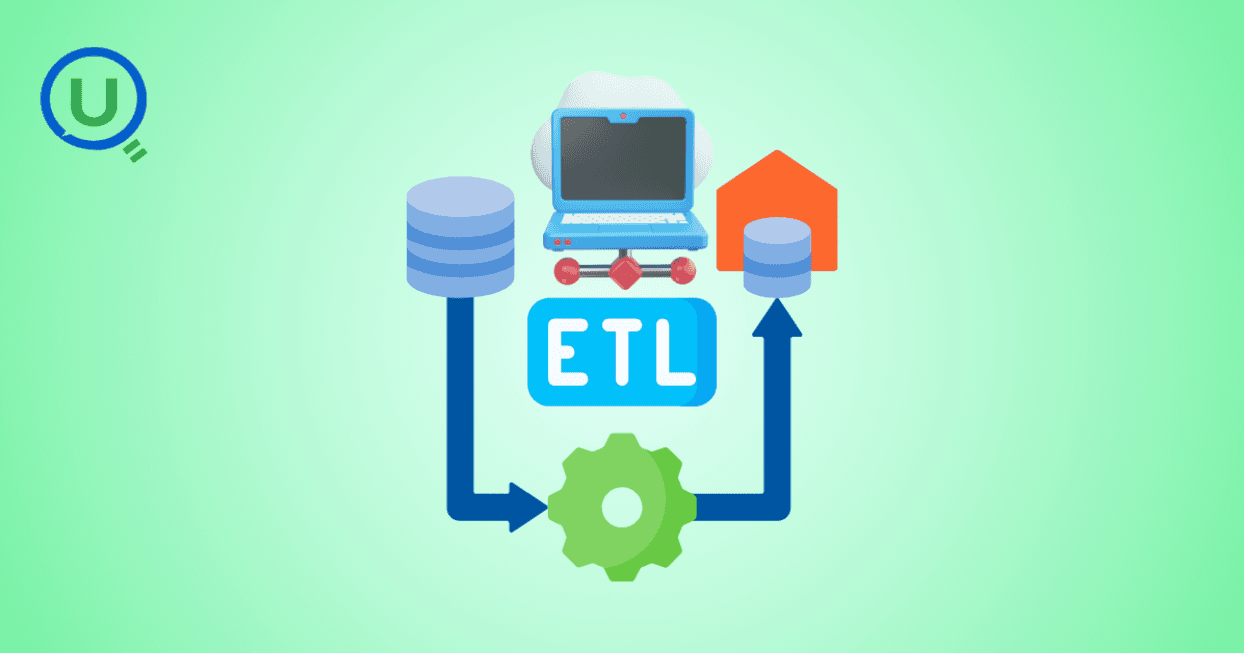
Learn the essential role of ETL (Extract, Transform, Load) in data engineering. Understand the three phases of ETL, its benefits, and how to implement effective ETL pipelines using modern tools and strategies for better decision-making, scalability, and data quality.
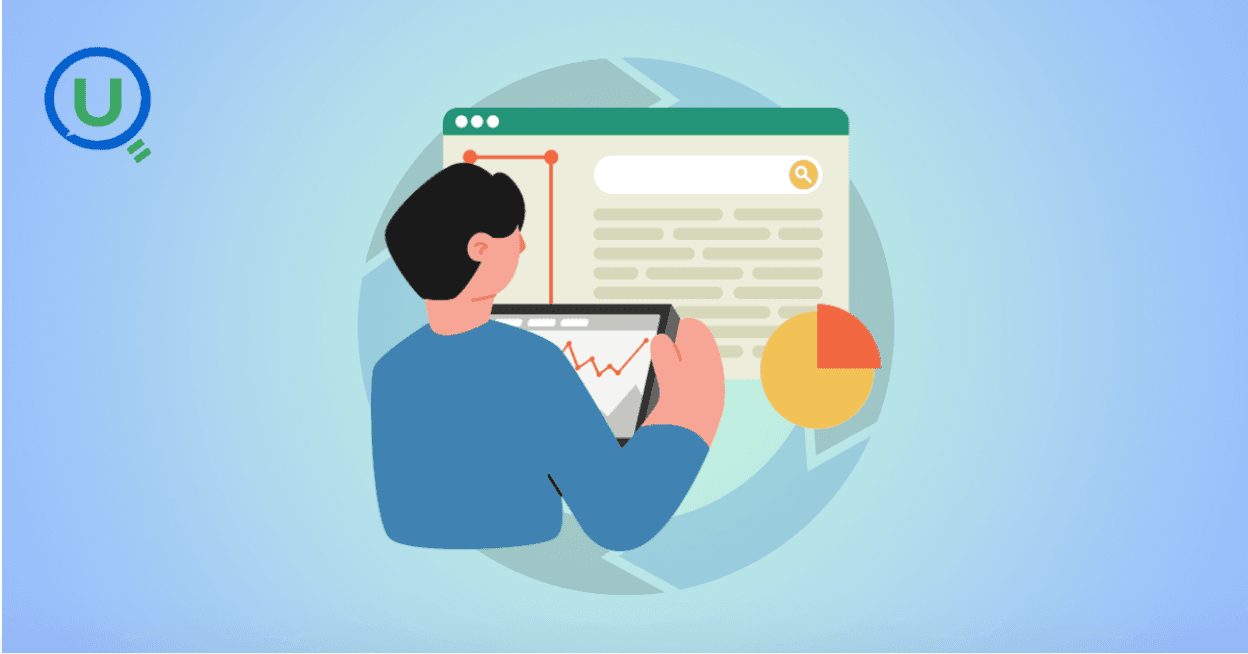
Discover why data orchestration and analysis are essential for modern data systems. Learn how automation tools streamline data workflows, boost insights, and scale with your business
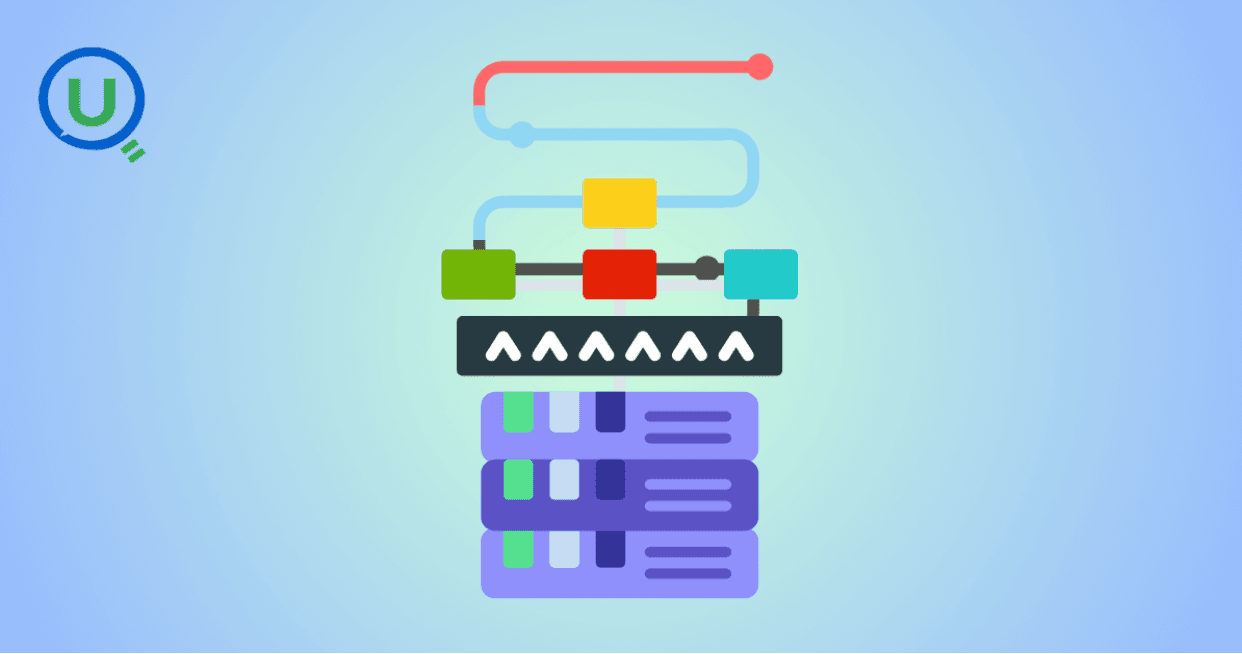
Learn what a data ingestion pipeline is, why it's vital for modern analytics, and how to design scalable, real-time pipelines to power your data systems effectively.
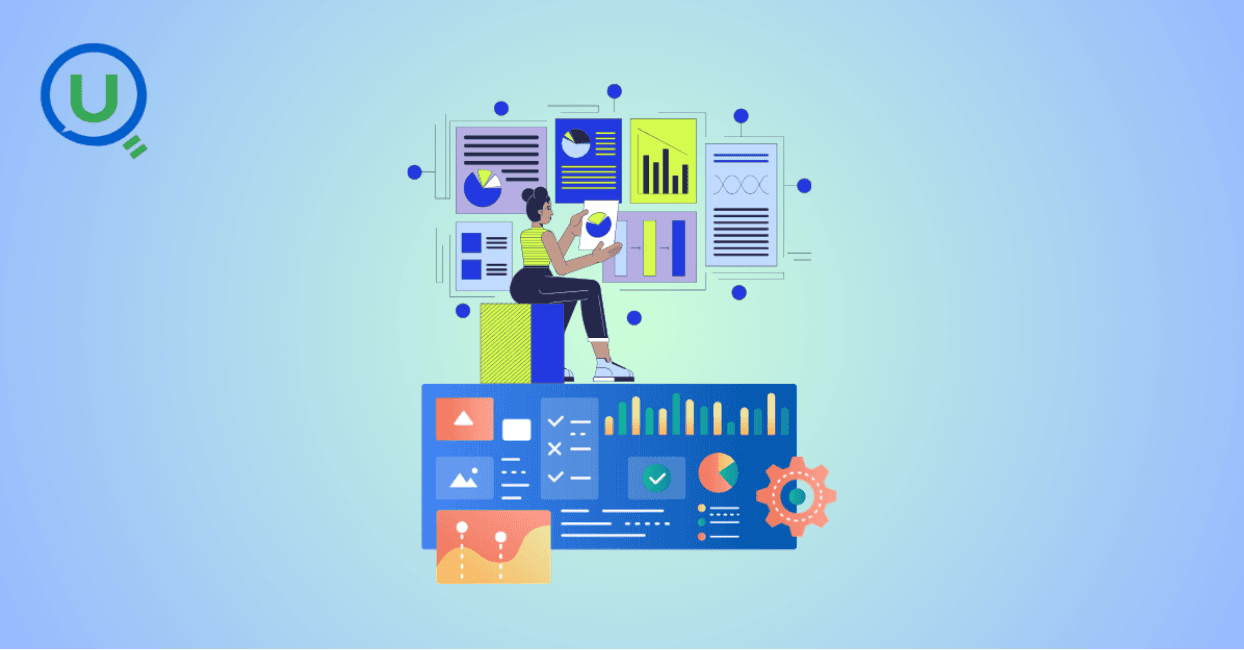
Discover the top 15 data warehouse tools for scalable data management in 2024. Learn how to choose the right platform for analytics, performance, and cost-efficiency.

Confused between a data mart and a data warehouse? Learn the key differences, use cases, and how to choose the right data architecture for your business. Explore best practices, real-world examples, and expert insights from Enqurious.
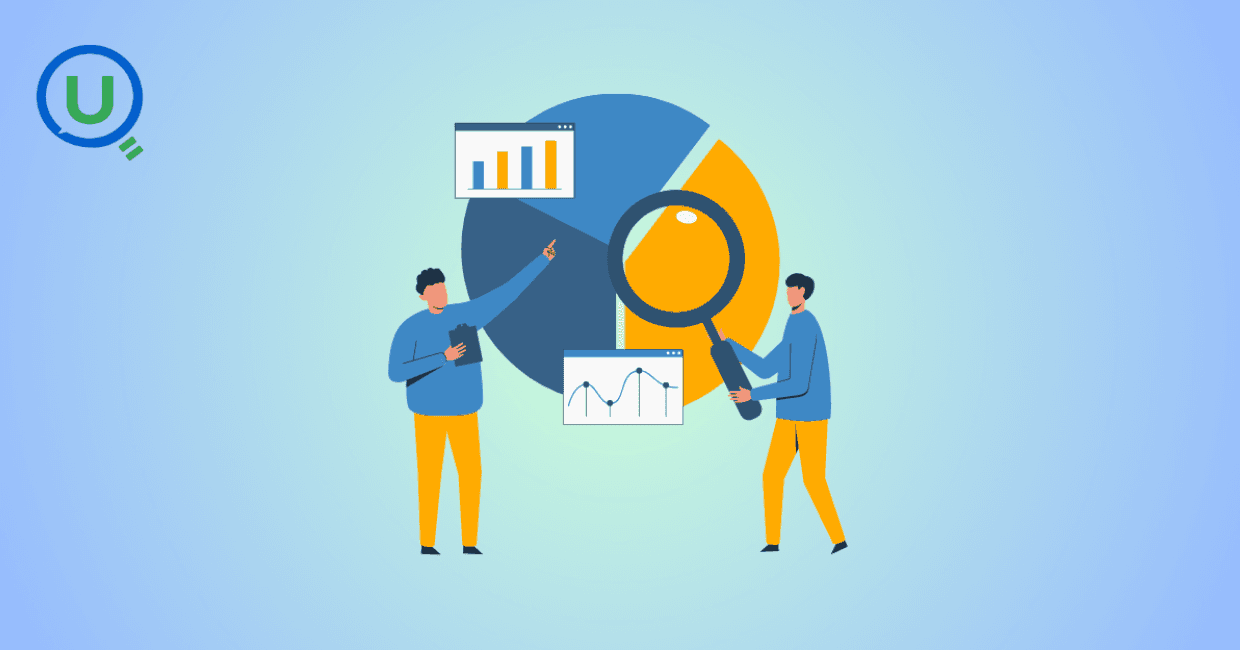
Discover the top 10 predictive analytics tools to know in 2025—from SAS and Google Vertex AI to RapidMiner and H2O.ai. Learn why predictive analytics is essential for modern businesses and how to choose the right tool for your data strategy.

Explore the key differences between descriptive and predictive analytics, and learn how both can drive smarter decision-making. Discover how these analytics complement each other to enhance business strategies and improve outcomes in 2025 and beyond.
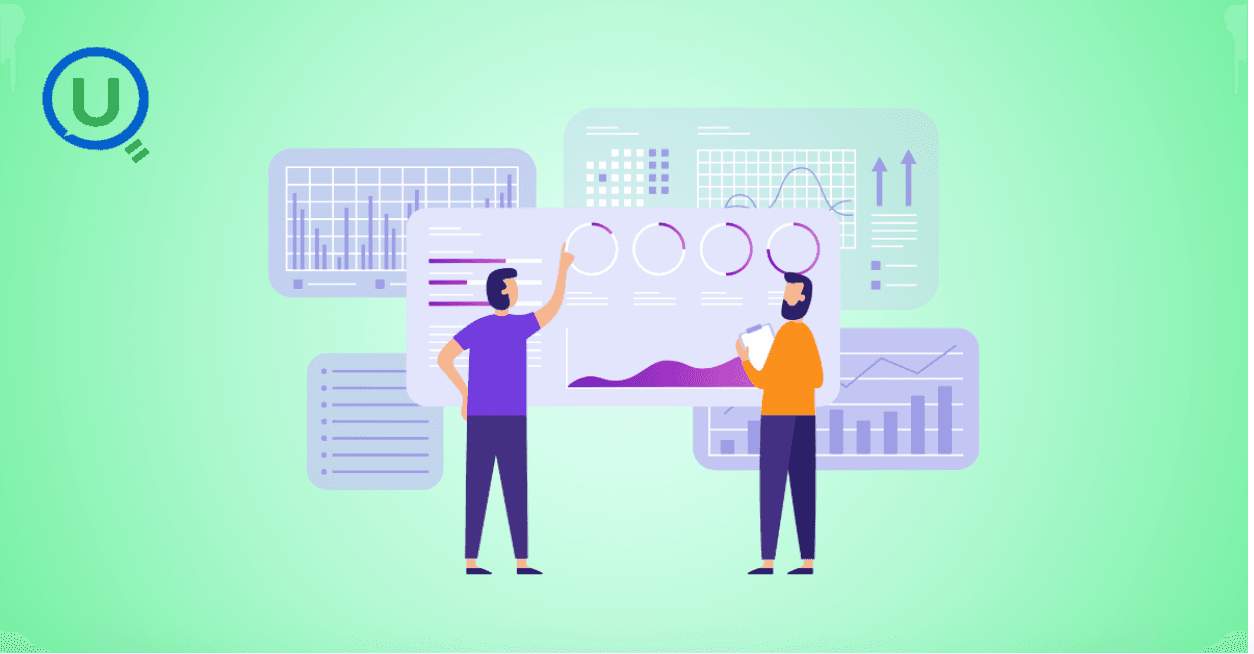
Explore the key differences between predictive and prescriptive analytics, and learn how both can drive smarter decisions, enhance agility, and improve business outcomes. Discover real-world applications and why mastering both analytics approaches is essential for success in 2025 and beyond.
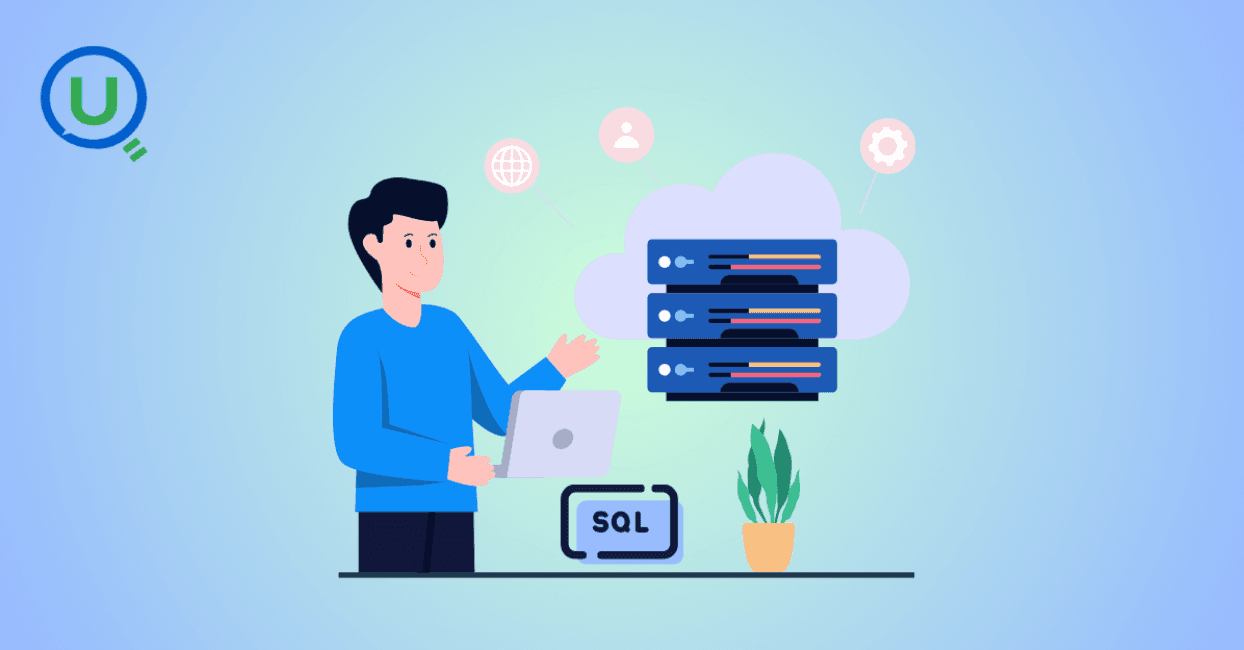
Compare PostgreSQL vs SQL Server in this comprehensive guide. Learn the key differences, strengths, and use cases to help you choose the right database for your business needs, from cost to performance and security.
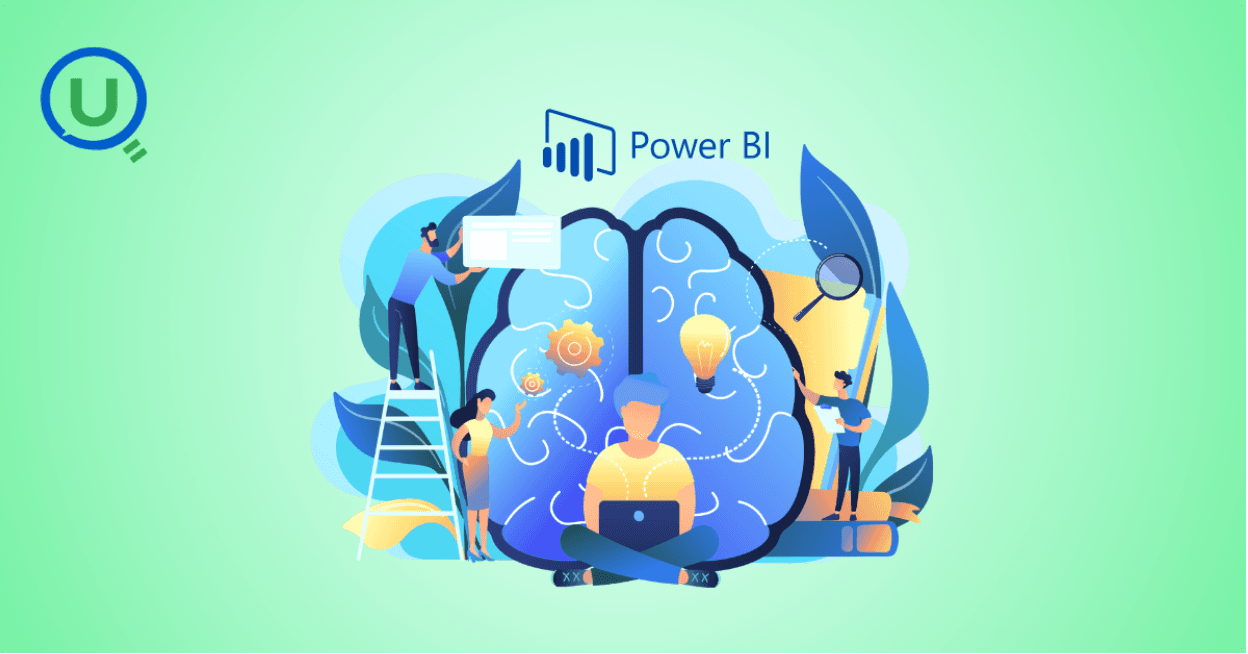
Learn what Power BI is and how it works in this beginner's guide. Discover its key features, components, benefits, and real-world applications, and how it empowers businesses to make data-driven decisions.
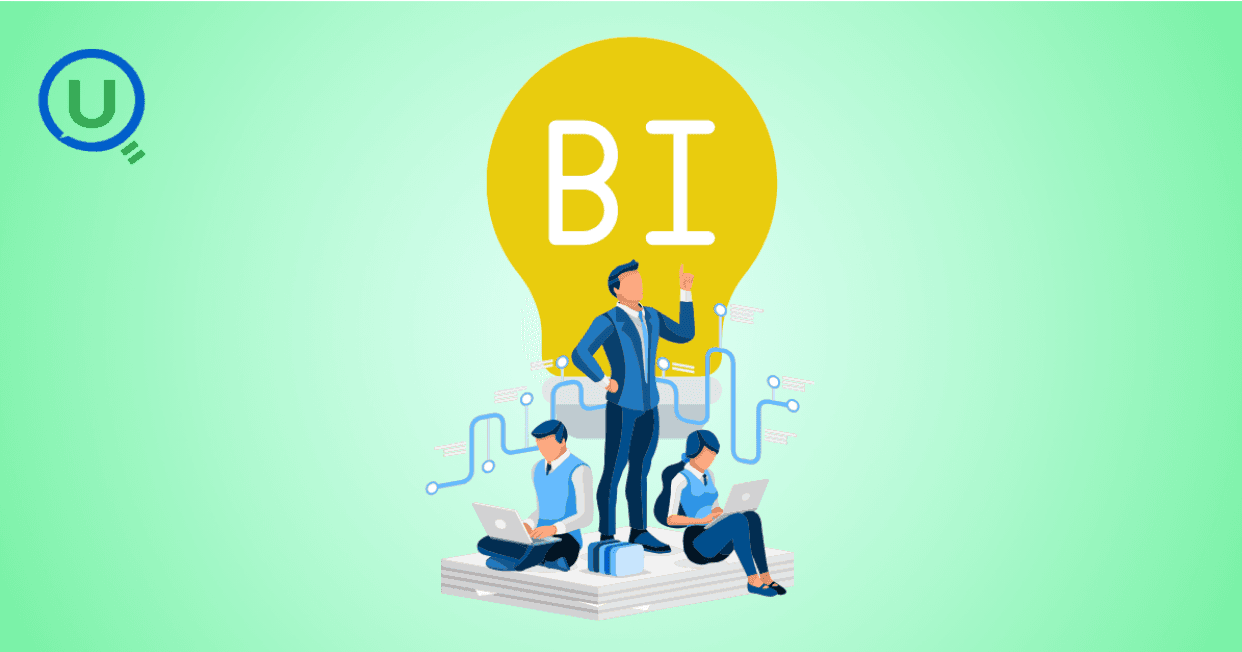
Explore what a Business Intelligence Engineer does—from building data pipelines to crafting dashboards. Learn key responsibilities, tools, and why this role is vital in a data-driven organization.
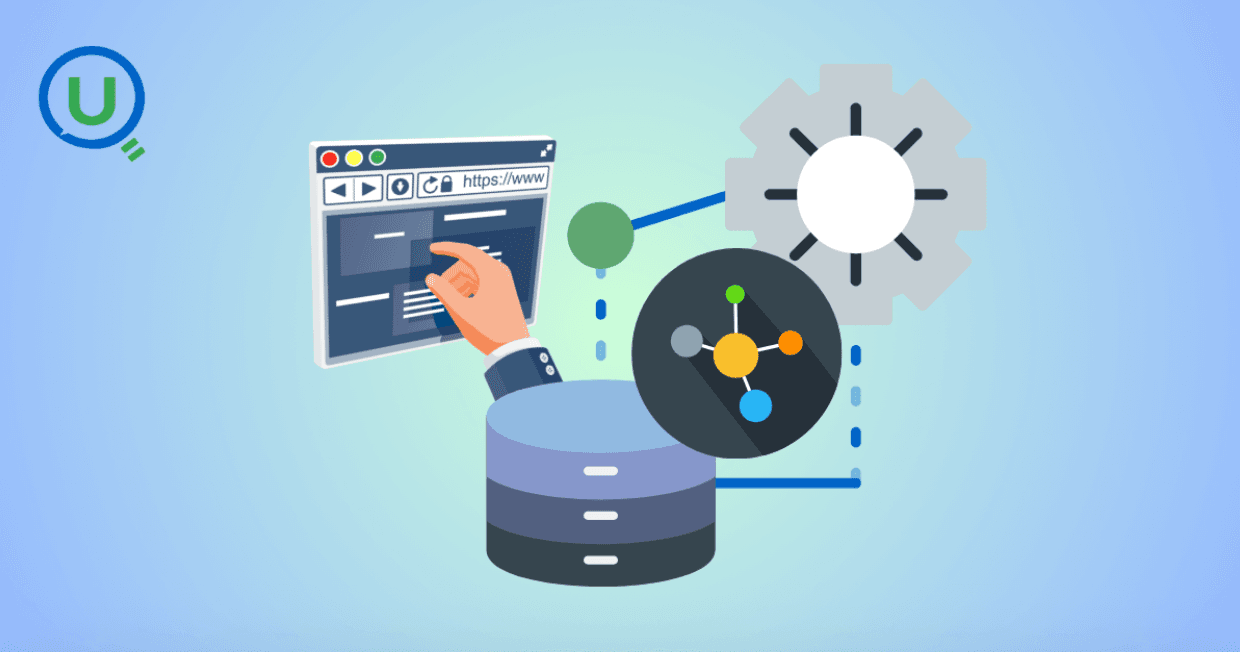
Discover why data lineage is essential in today’s complex data ecosystems. Learn how it boosts trust, compliance, and decision-making — and how Enqurious helps you trace, govern, and optimize your data journeys.
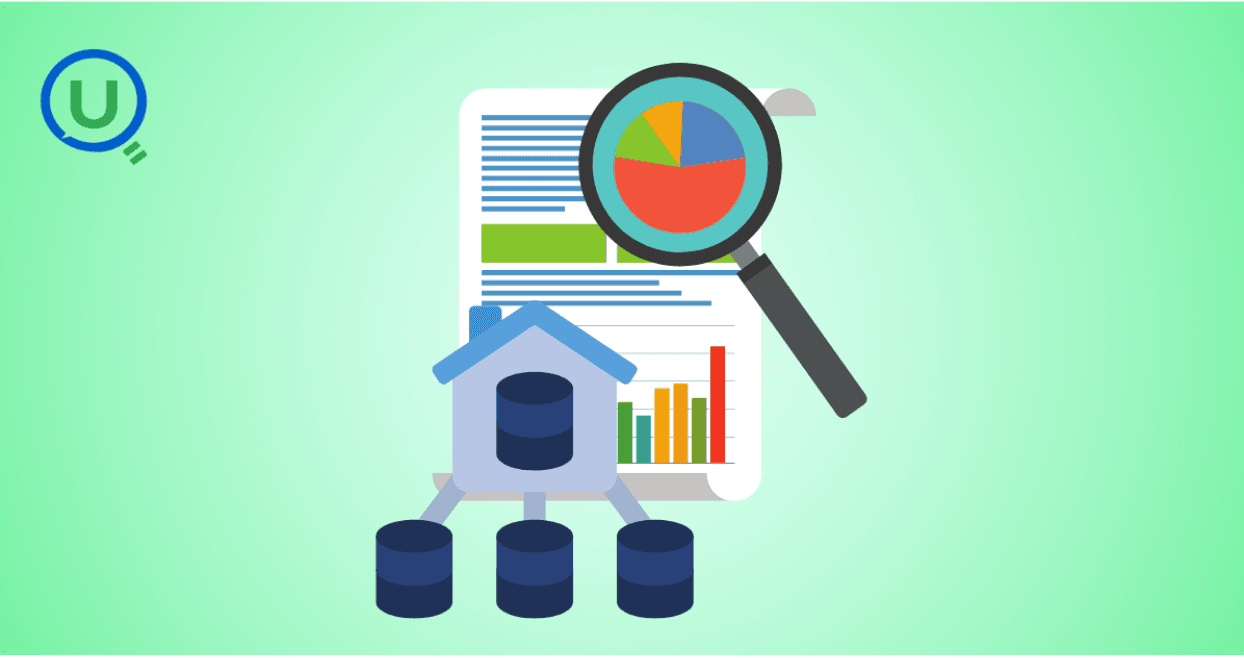
Learn what a data mart is, its types, and key benefits. Discover how data marts empower departments with faster, targeted data access for improved decision-making, and how they differ from data warehouses and data lakes.

Master data strategy: Understand data mart vs data warehouse key differences, benefits, and use cases in business intelligence. Enqurious boosts your Data+AI team's potential with data-driven upskilling.
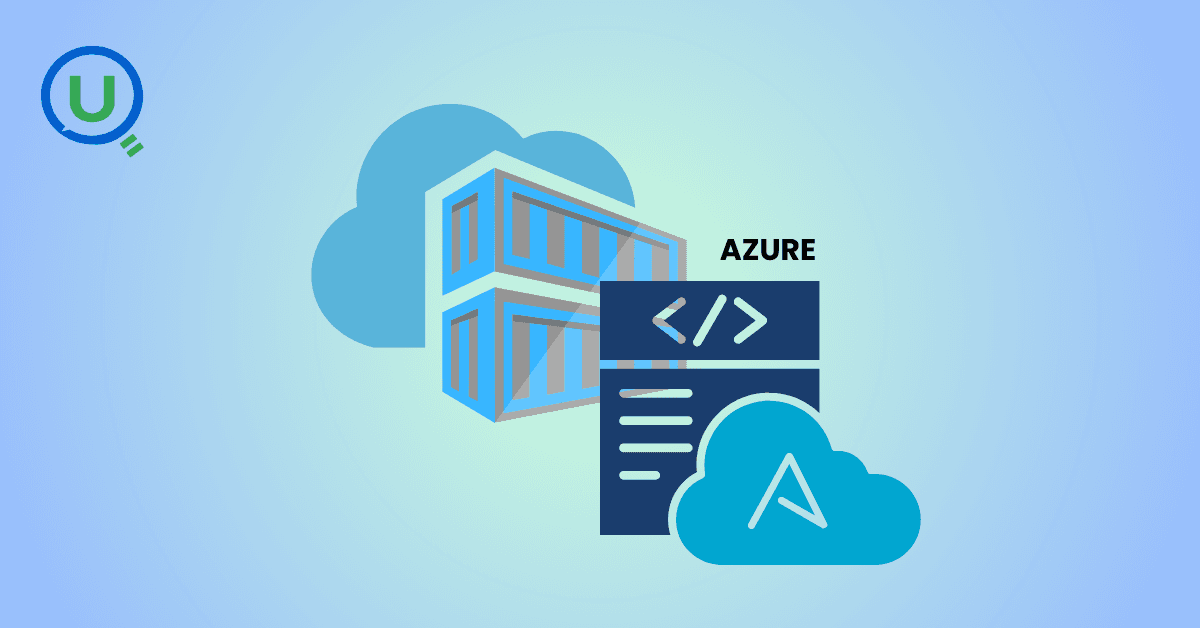
Learn what Azure Data Factory (ADF) is, how it works, and why it’s essential for modern data integration, AI, and analytics. This complete guide covers ADF’s features, real-world use cases, and how it empowers businesses to streamline data pipelines. Start your journey with Azure Data Factory today!
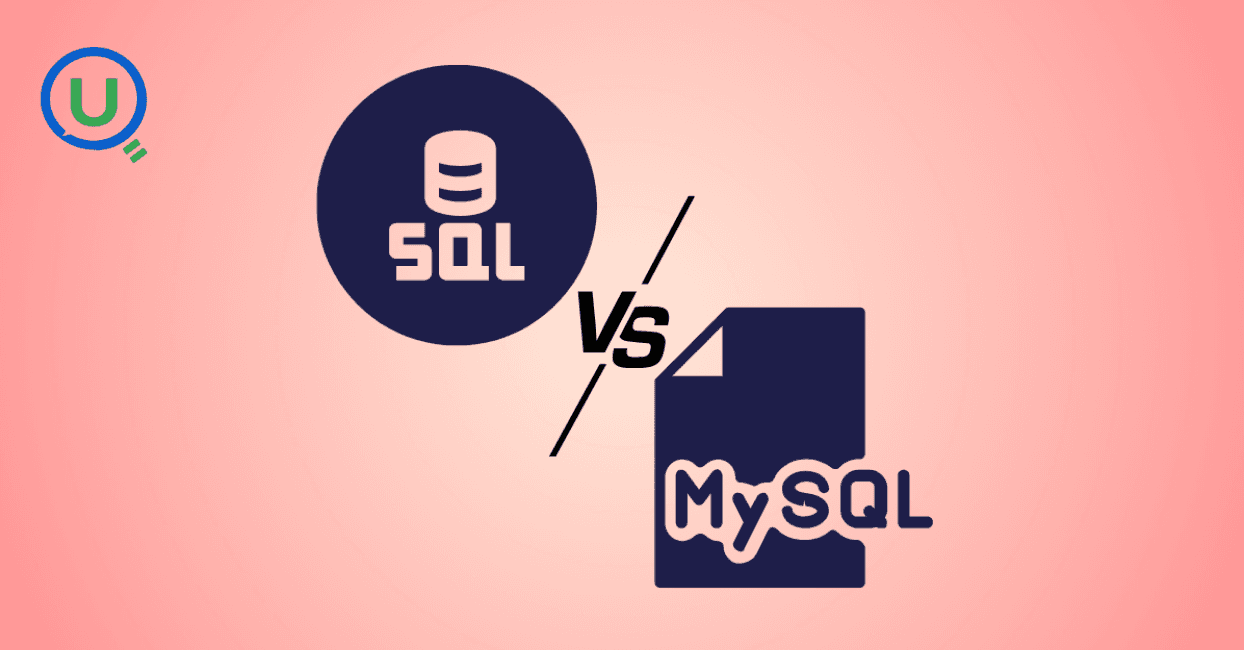
Discover the key differences between SQL and MySQL in this comprehensive guide. Learn about their purpose, usage, compatibility, and how they work together to manage data. Start your journey with SQL and MySQL today with expert-led guidance from Enqurious!
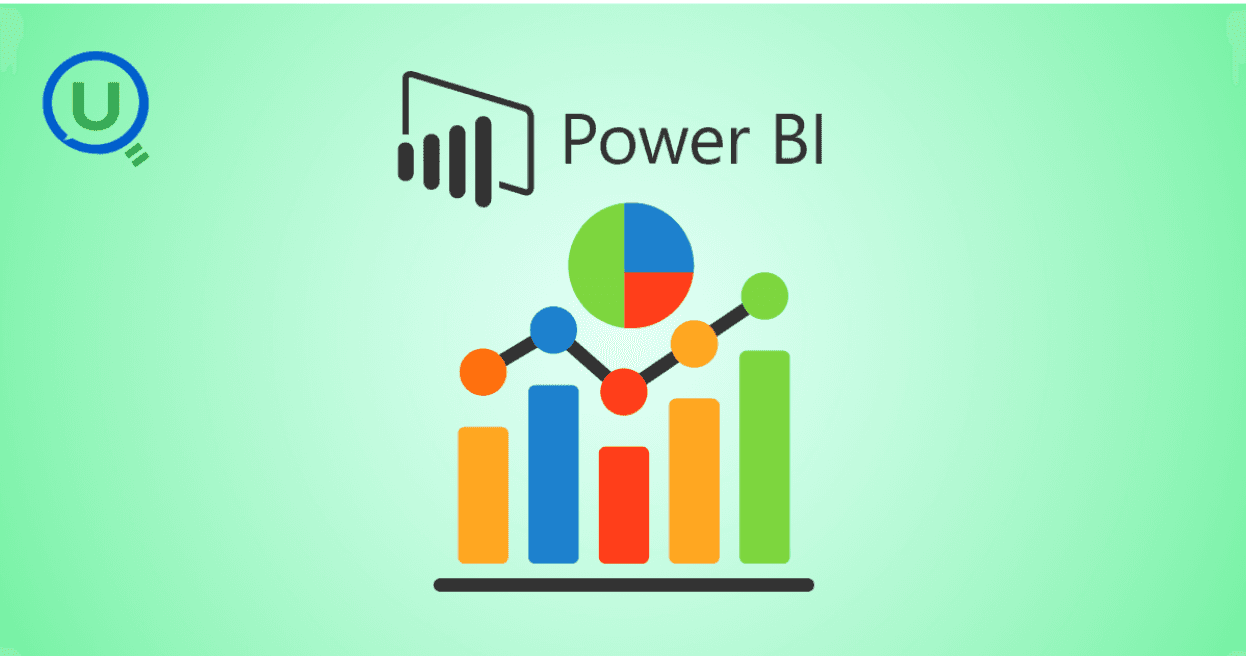
Learn Power BI from scratch in 2025 with this step-by-step guide. Explore resources, tips, and common mistakes to avoid as you master data visualization, DAX, and dashboard creation. Start your learning journey today with Enqurious and gain hands-on training from experts!
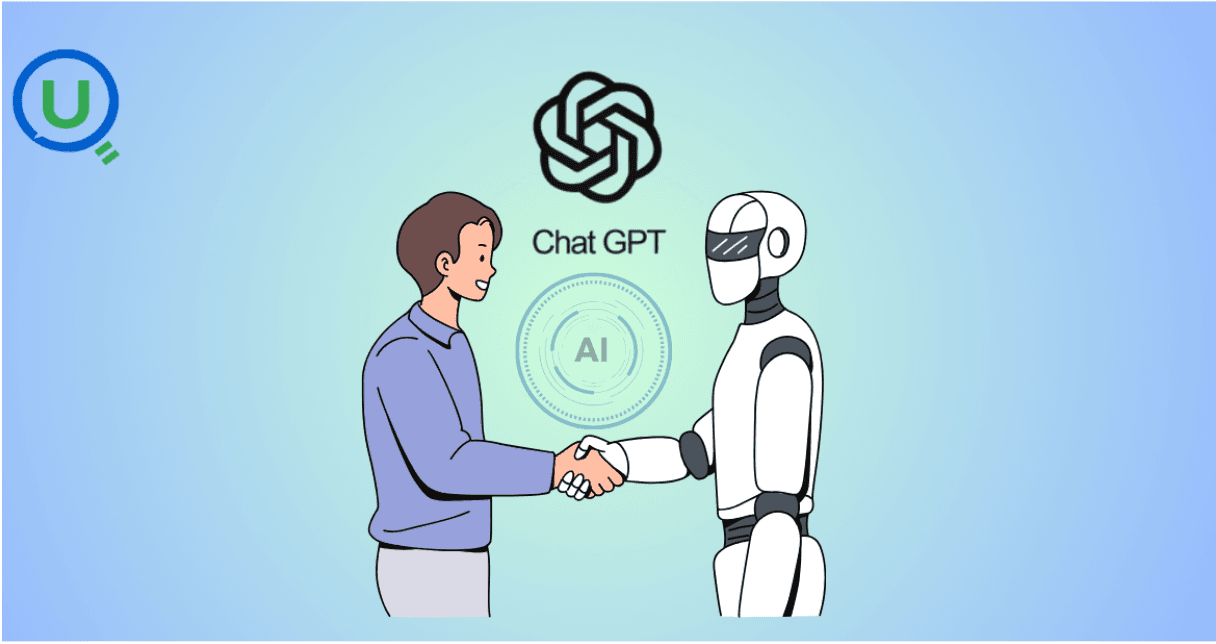
AI tools like ChatGPT are transforming clinical data management by automating data entry, enabling natural language queries, detecting errors, and simplifying regulatory compliance. Learn how AI is enhancing efficiency, accuracy, and security in healthcare data handling.
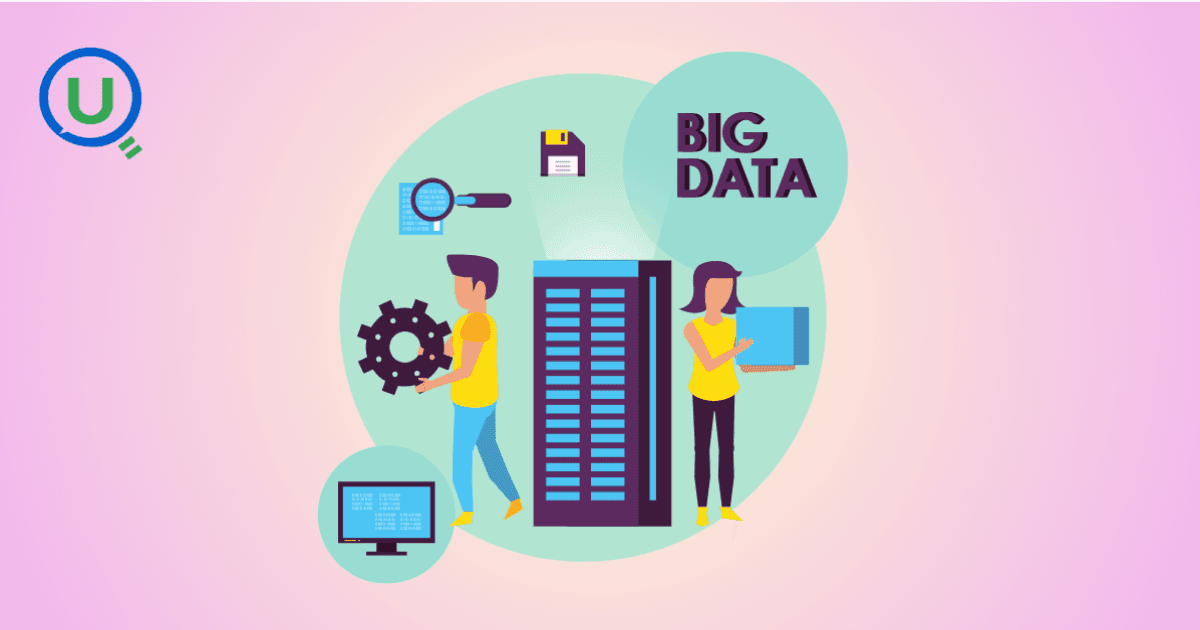
Big Data refers to large, complex data sets generated at high speed from various sources. It plays a crucial role in business, healthcare, finance, education, and more, enabling better decision-making, predictive analytics, and innovation.

Learn what a Logical Data Model (LDM) is, its key components, and why it’s essential for effective database design. Explore how an LDM helps businesses align data needs with IT implementation, reducing errors and improving scalability.
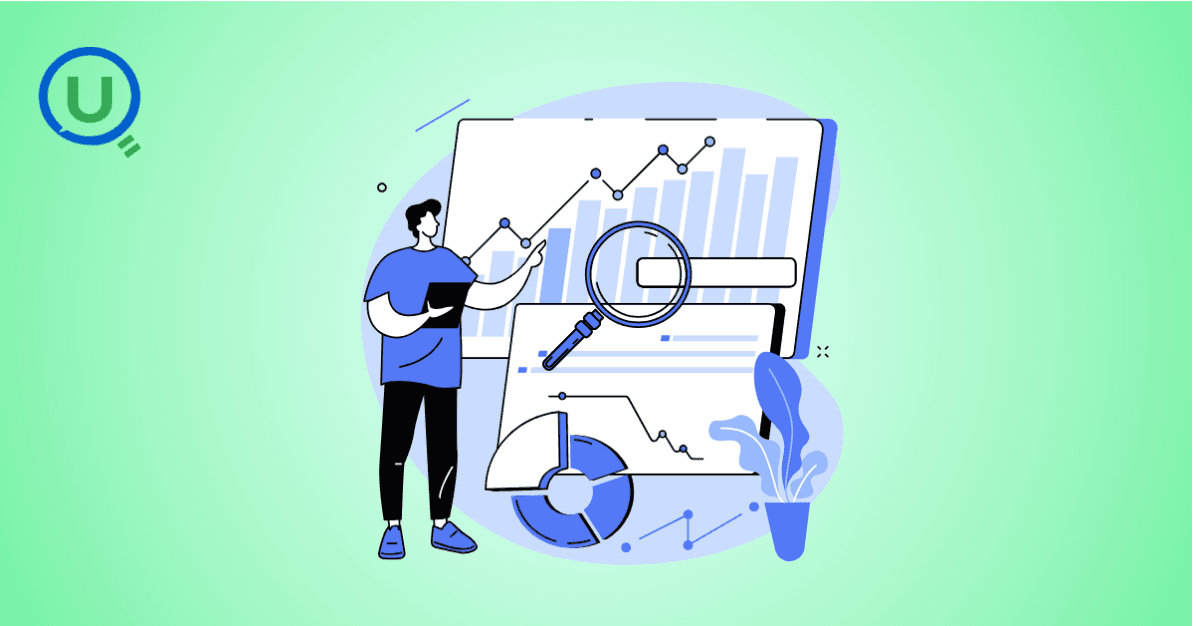
Discover the power of a Canonical Data Model (CDM) for businesses facing complex data integration challenges. Learn how CDM simplifies communication between systems, improves data consistency, reduces development costs, and enhances scalability for better decision-making.

Discover the 10 essential benefits of Engineering Data Management (EDM) and how it helps businesses streamline workflows, improve collaboration, ensure security, and make smarter decisions with technical data.

Explore how vibe coding is transforming programming by blending creativity, collaboration, and technology to create a more enjoyable, productive, and human-centered coding experience.

Learn how Azure Databricks empowers data engineers to build optimized, scalable, and reliable data pipelines with features like Delta Lake, auto-scaling, automation, and seamless collaboration.

Explore the top 10 data science trends to watch out for in 2025. From generative AI to automated machine learning, discover how these advancements are shaping the future of data science and transforming industries worldwide.

Discover the key differences between data scientists and data engineers, their roles, responsibilities, and tools. Learn how Enqurious helps you build skills in both fields with hands-on, industry-relevant learning.

Discover the 9 essential steps to effective engineering data management. Learn how to streamline workflows, improve collaboration, and ensure data integrity across engineering teams.
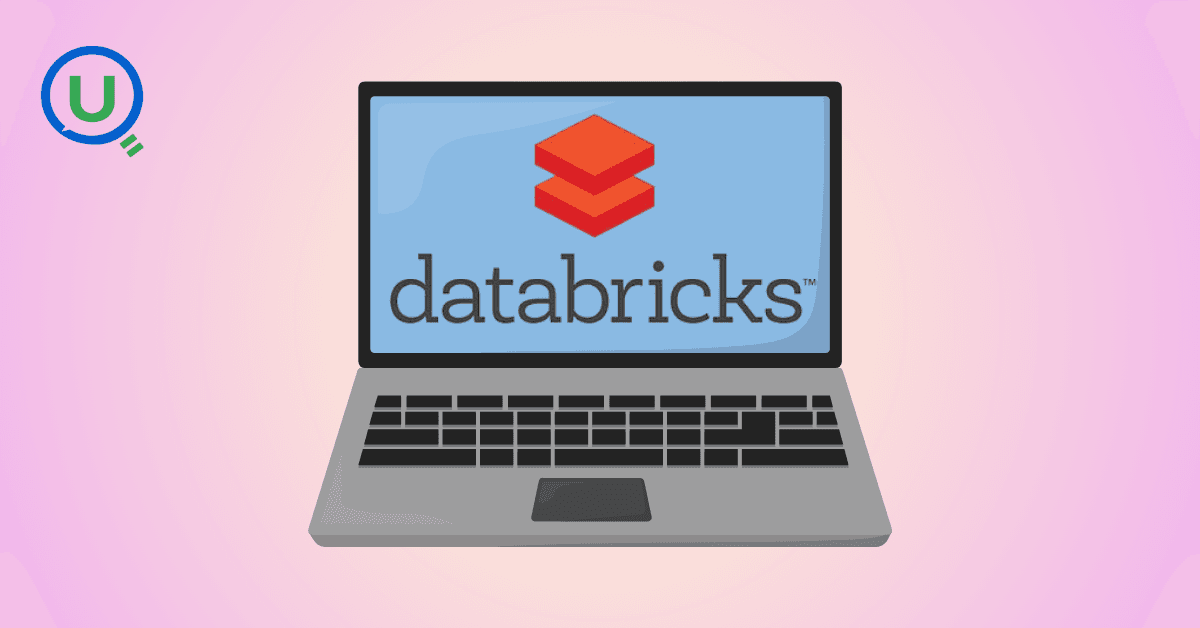
Azure Databricks is a cloud-based data analytics platform that combines the power of Apache Spark with the scalability, security, and ease of use offered by Microsoft Azure. It provides a unified workspace where data engineers, data scientists, analysts, and business users can collaborate.

In today's data-driven world, knowing how to make sense of information is a crucial skill. We’re surrounded by test scores, app usage stats, survey responses, and sales figures — and all this raw data on its own isn’t helpful.

In this blog, we will discuss some of the fundamental differences between AI inference vs. training—one that is, by design, artificially intelligent.

This guide provides a clear, actionable roadmap to help you avoid common pitfalls and successfully earn your SnowPro Core Certification, whether you’re making a career pivot or leveling up in your current role.

"Ever had one of those days when you’re standing in line at a store, waiting for a sales assistant to help you find a product?" In this blog we will get to know about -What is RAG, different types of RAG Architectures and pros and cons for each RAG.

Discover how Databricks and Snowflake together empower businesses by uniting big data, AI, and analytics excellence

How do major retailers like Walmart handle thousands of customer queries in real time without breaking a sweat? From answering questions instantly to providing personalized shopping recommendations, conversational AI reshapes how retailers interact with their customers.